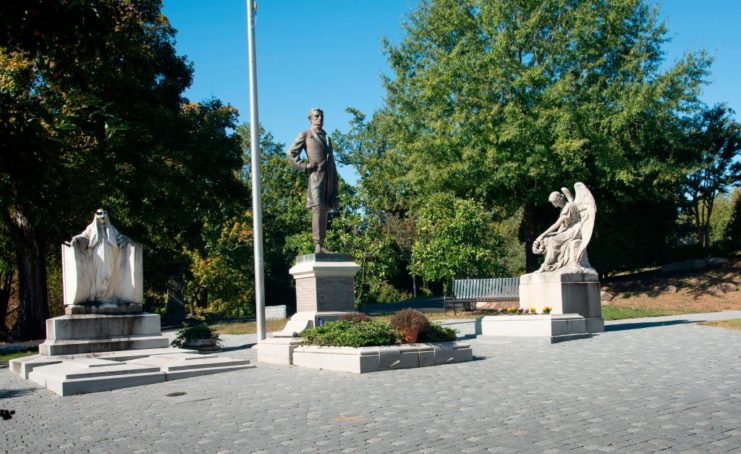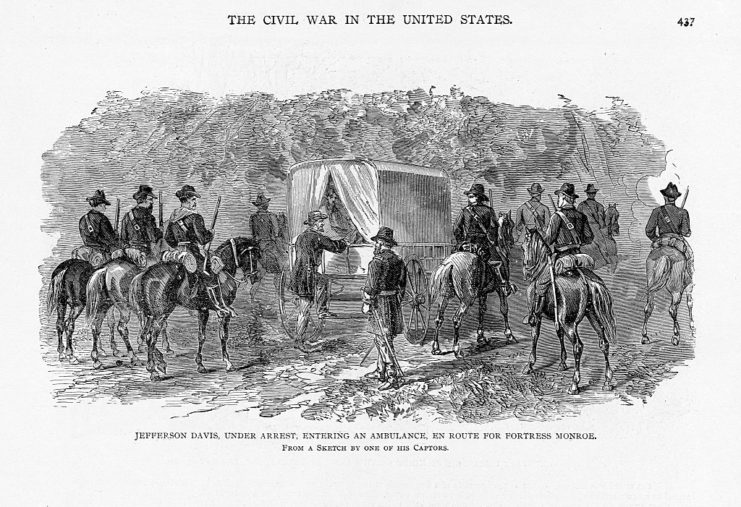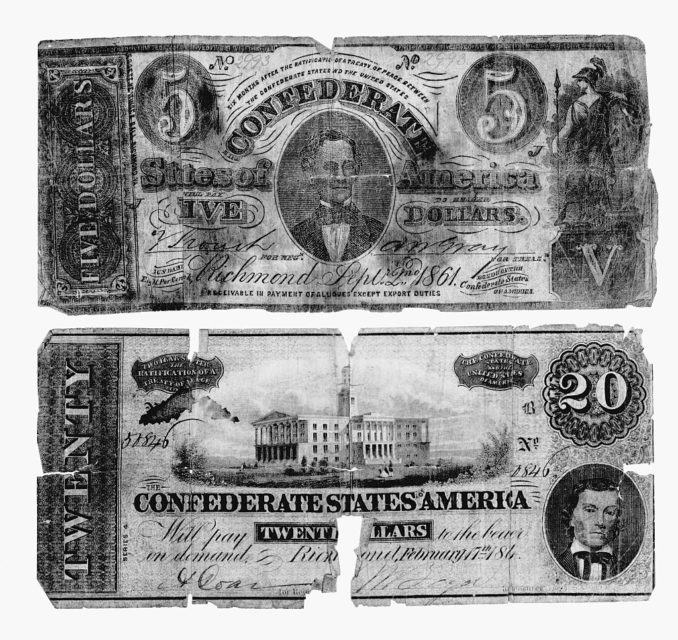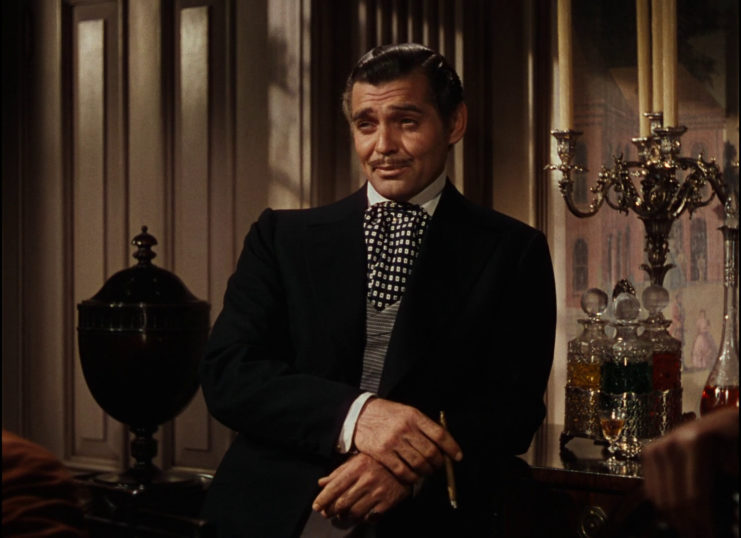The Civil War profoundly affected every aspect of American life, including the financial stability of the Confederacy. To support the war effort, some wealthy Southern supporters donated their personal gold, which became known as the Confederacy’s “treasure.” However, after the war, this gold disappeared, and its fate remains one of the most enduring mysteries of the era. Over the past 150 years, historians and treasure hunters alike have speculated about its whereabouts, yet no one has ever been able to conclusively determine what happened to it, fueling countless theories and stories about its ultimate destination.
Richmond, Virginia was the Confederate capital

The Confederate States of America was established shortly before Abraham Lincoln assumed office in March 1861, driven by their resistance to the abolition of slavery. Vice President Alexander Stephens articulated their ideology, stating, “Upon the great truth that the negro is not equal to the White man; that slavery, subordination to the superior race, is his natural and normal condition.”
Initially headquartered in Montgomery, Alabama, the Confederate capital was later relocated to Richmond, Virginia. Jefferson Davis, a Mississippi Congressman and former Secretary of War, was selected as its president.
Recognizing the immense costs of war, Confederate leaders began soliciting donations. Women contributed jewelry, and hundreds of containers filled with gold and silver were sent. Moreover, nearly half a million dollars in gold reserves were secured from a Richmond bank.
Jefferson Davis leaves Richmond with the gold

On April 2, 1865, General Robert E. Lee sent a message to President Jefferson Davis, urging him and other Confederate leaders to flee Richmond to avoid capture by Union forces. That night, two trains left the city—one carried Davis, top government officials, and important documents, while the other transported roughly $1 million in cash, gold, and jewelry.
The exact amount of money and gold Davis took from Richmond remains uncertain. However, significant sums were spent along the way, including $108,000 paid to soldiers near the Savannah River and $40,000 used to purchase supplies in Georgia. Meanwhile, the $450,000 in gold reserves, which did not belong to the Confederacy, remained untouched.
Jefferson Davis is arrested, but where’s the gold?

As the Confederacy’s collapse became imminent in early May 1865, Confederate President Jefferson Davis was on the run, trying to avoid capture. After hearing of President Abraham Lincoln’s assassination, Davis expressed regret, worrying that Lincoln might have been more sympathetic to the South than his successor, Andrew Johnson.
On May 4, in a final attempt to secure the Confederate treasury, Davis entrusted $86,000 in gold to two Confederate navy officers, tasking them with getting the funds safely to England. However, the gold disappeared, reportedly stolen before it could be smuggled out of the country. Davis left the remaining gold behind in a vault in Washington, Georgia, as he fled.
On May 10, Davis was captured by the 4th Michigan Cavalry. At the time, he was wearing his wife’s shawl, sparking rumors that he had disguised himself as a woman. In reality, Davis had wrapped himself in the shawl simply because he was cold.
Despite his capture, the mystery of the Confederate gold endures. Davis had only a few dollars on him when taken, but the whereabouts of the rest of the gold have never been definitively determined, leaving the fate of the treasure shrouded in uncertainty to this day.
Theories abound over what happened to the money

What happened to the Confederate money? Some believe it was stolen by the Union soldiers who arrested Davis, while others speculate it was hidden long before his arrest, with the aim of keeping it out of the North’s hands. The gold from the Richmond bank was accounted for, but was later stolen by around 20 armed men in Danburg, Georgia.
Of what was taken, only $140,000 was recovered.
As for the rest of the money, little is known, and tales of money found in areas connected to the American Civil War have been told for more than 150 years.
Civil War historian William Rawlings explained, “People like to believe there’s something out there. They left Richmond with a bunch of money, and when [Davis’ group] was captured six weeks later, they didn’t have it. The question is, what happened? And people’s imaginations take over from there.”
Confederate gold is referenced in a number of books and movies

The legend of the Confederate gold is referenced in many films. In the Civil War-era movie, Gone With the Wind (1939), Rhett Butler, played by Clark Gable, is rumored to have stolen the treasure. The lost gold also played a key role in the legendary 1966 Western film, The Good, the Bad and the Ugly. In the movie, the characters are hunting for $200,000 worth of gold that is rumored to be hidden in a cemetery.
More from us: The Success of George H. Thomas’ Union Soldiers During the American Civil War
The Confederate gold, again, showed up in the 1994 sci-fi movie, Timecop. In the film, a thief goes back in time to hijack the money using advanced technology. Another sci-fi production, 2012’s Alcatraz television show, also featured the gold, with its characters realizing the treasure was buried beneath the prison back in 1960.
